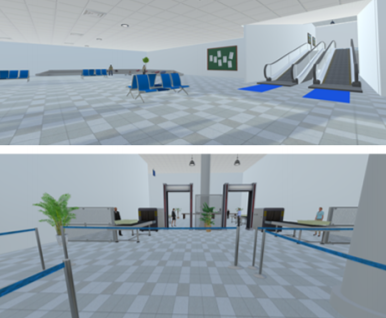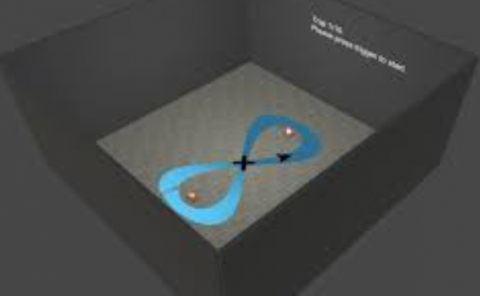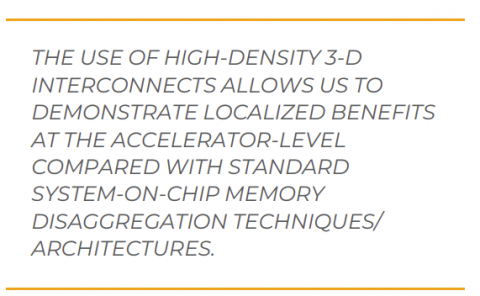The Role of Visual Detail during Situated Memory Recall within a Virtual Reality Environment
PubDate: December 2019
Teams: Queensland University of Technology
Writers: Joel Harman, Ross Brown, Daniel Johnson, Selen Turkay
PDF: The Role of Visual Detail during Situated Memory Recall within a Virtual Reality Environment

Abstract
Accurately eliciting long-term procedural knowledge continues to be a non-trivial challenge. In this project, we continued an exploration into a novel approach that provides users with virtual stimuli during the elicitation process. Specifically, users were placed into a virtual reality (VR) environment, representing a real-world location, and asked to role-play a familiar task while verbally describing each action they were simulating. This approach has previously shown promise when compared with context-devoid methods, but no research has yet considered whether the detail of the provided virtual stimuli may meaningfully affect recall performance.
To explore this possibility, two virtual environments with identical spatial characteristics and object placement were developed. One of these environments had high visual detail while the other had minimal visual detail. An A/B lab-based study was then conducted, in which 30 participants were assigned to each of the two environments (N=60). The results of this study showed that, despite major visual differences between the two environments, both treatment groups described a similar amount of information. Practically, this suggests that even minimally detailed environments may be sufficient to provide appropriate context to users for effective memory recall in an elicitation setting.


